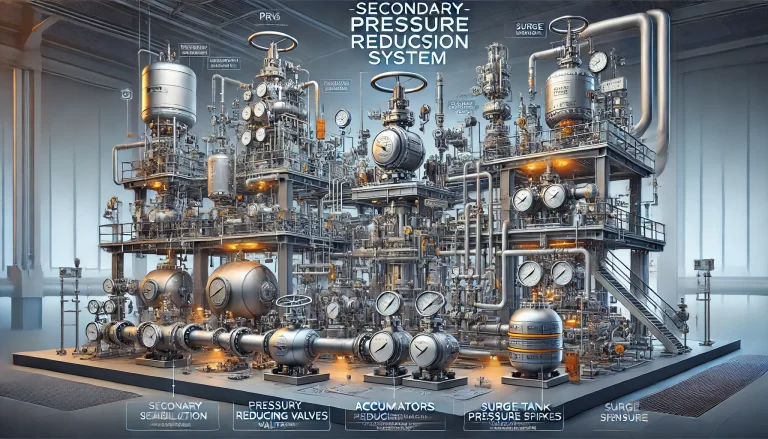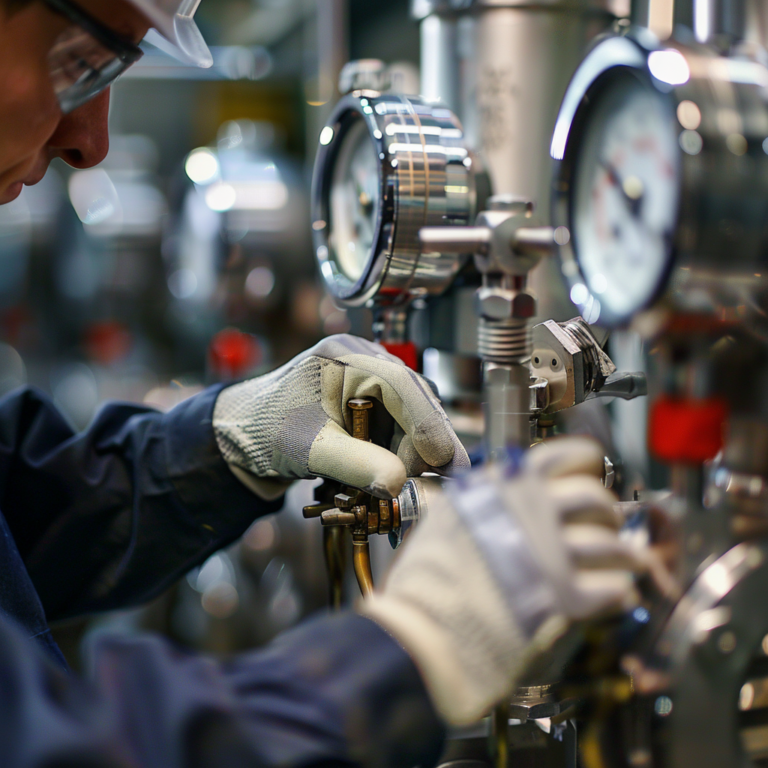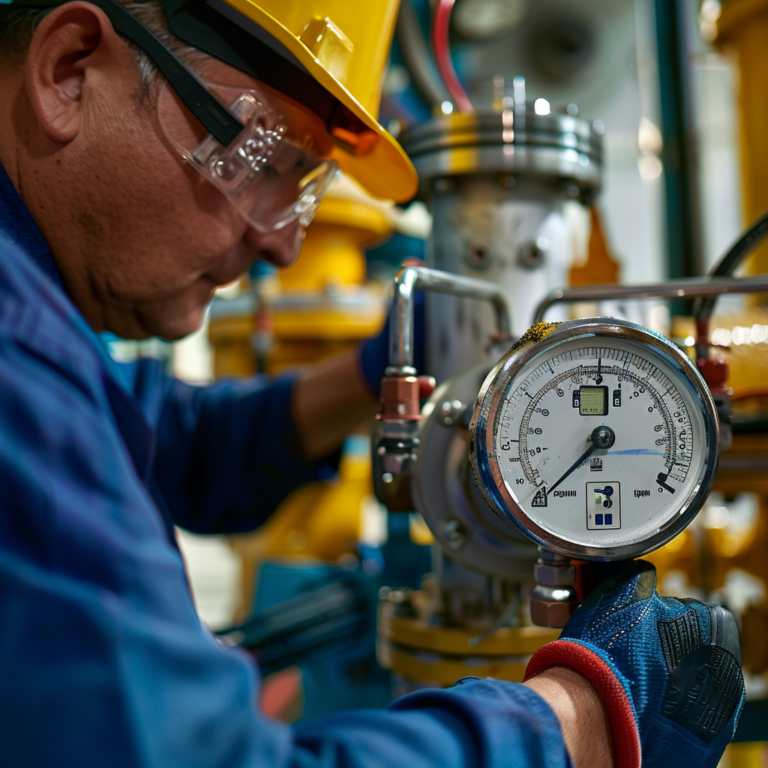1. Calibration Process
The calibration process for pressure transmitters involves a series of meticulous steps to ensure measurement accuracy:
Step 1: Initial Testing and Zero Adjustment
Begin by conducting a preliminary test and zero adjustment. Locate the zero point, as an incorrect zero setting can result in significant measurement errors.
To adjust the zero, vent both air tanks to the atmosphere and check the ammeter reading. A correct zero setting is indicated by a 4mA reading on the ammeter. If not, use the zero adjustment mechanism to correct it to 4mA.
Step 2: Span Adjustment
Gradually apply pressure using a standard pressure source to the ammeter. Rapid pressurization may lead to unstable readings and increased errors. Increase the pressure slowly to the maximum value.
At full pressure, the ammeter should read 20mA. If the reading differs, adjust the span to 20mA. Repeat zero adjustment and span adjustment until both meet the specifications.

Step 3: Range Equalization and Error Testing
Apply corresponding pressures to the respective chambers and observe the output readings. Perform multiple tests to assess the basic error and its variation.
If significant discrepancies persist, continue adjustments until the transmitter meets the technical standards.
Step 4: Advanced Calibration Techniques
In China, HART technology is widely used for intelligent transmission distance testing and for zero and span tuning. However, HART technology does not permit the input of pressure sources, limiting its use to range setting rather than comprehensive calibration.
External environmental factors such as power supply changes, temperature, and humidity variations can impact transmitter output, necessitating comprehensive calibration.
Transitioning from a point-by-point calibration method to a line-by-line calibration strategy is recommended for higher accuracy.

2. Key Concepts of Pressure Transmitters
Pressure transmitters convert pressure signals into standardized signals for direct transmission. The output signal maintains a linear relationship with the measured pressure. Generally, pressure transmitters are categorized into:
Electrical Transmitters: Output standard electrical signals.
Pneumatic Transmitters: Output standard pneumatic signals.
A typical pressure transmitter consists of three primary components:
Pressure Sensing Unit: Captures the pressure signal.
Conversion Unit: Converts the captured signal into a standardized output.
Signal Processing Module: Processes and refines the output signal.
Some transmitters also feature:
Display Units: For direct readouts.
Fieldbus Functions: For advanced data communication and integration into automated systems.
Types of Pressure Transmitters Based on Operating Principles:
Capacitive
Strain Gauge
Resonant
Torque Balance
Piezoresistive
During calibration, it is crucial to evaluate the indication error based on the device’s precision grade and correct it accordingly.

3. Preparation Before Calibration
Proper preparation is essential for accurate calibration:
Step 1: Thermal Stabilization
Ensure the pressure transmitter and testing equipment reach thermal equilibrium, typically requiring at least two hours.
Step 2: Preheating
Power on the detonator and signal line for preheating. The pressure sensor’s measurement plane should align with the standard plane, with appropriate adjustment for height differences.
Step 3: Leak Test
Gradually depressurize the sensor’s pressure chamber to its maximum range. Then, shut off the pressure source and seal the system for a minimum of 15 minutes to verify no pressure drop, ensuring no leaks occur.

By following these detailed steps and understanding the core concepts, the pressure transmitter calibration process can achieve high precision and reliability, ensuring optimal performance in practical applications.
